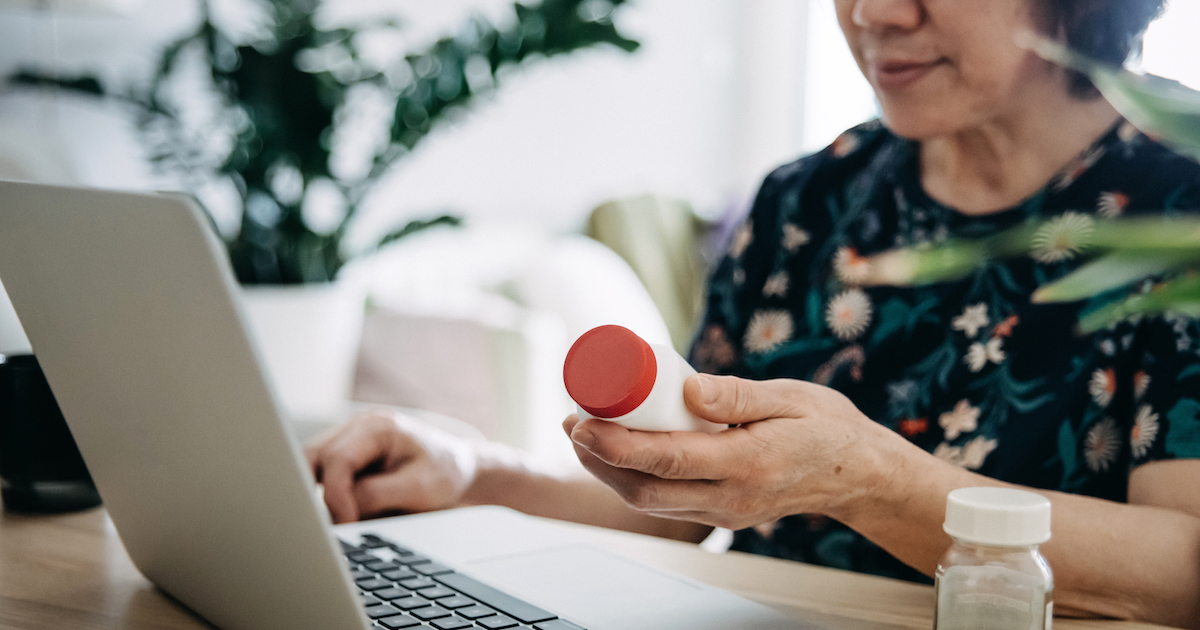 What expectations about technology will the next generation of physicians have? That's the question Epocrates set out to answer with its Future Physicians of America survey of more than 1,000 medical students.
What expectations about technology will the next generation of physicians have? That's the question Epocrates set out to answer with its Future Physicians of America survey of more than 1,000 medical students.
The students surveyed overwhelmingly agreed that interoperability of EHRs was critically needed, and that it needs to be easy to share patient data across different stakeholders, both within a practice and between practices. Specifically, 96 percent of students believe having access in the EHR to patient data from other systems is important to care, a figure that closely matches a survey of practicing physicians from last year.
Forty-four percent are concerned with their ability to share data within a practice, 73 percent are concerned with their ability to share data between practices, and 87 percent would like to see a universal patient record.
“As a registered nurse, I’ve found it’s nearly impossible to synchronize patient information obtained by different providers,” one respondent, a fourth year medical student at Texas Tech University Health Sciences Center School of Medicine named Kenneth Iwuji, said in a statement. “Health systems all use a variety of vendors and none seem to talk to each other. In order to gain critical information about the patient, we are still stuck using phones and faxes, which aren’t helpful in emergency situations. These barriers need to be broken down; there’s no reason why information shouldn’t flow freely and securely.”
Epocrates also collected data about students' technology usage, with the caveat being that all the students surveyed were Epocrates users. Forty-one percent of respondents said they look to a medical app first for clinical answers, compared to 29 percent that would go to a peer first.
Ninety-seven percent said they would recommend patients use a monitoring device and 74 percent would email a patient via a patient portal. But students apparently draw the line at remote patient visits via telemedicine. Ninety-eight percent of medical students would prefer to see patients face-to-face for an initial visit as opposed to virtually, and 89 percent would prefer a face-to-face visit even for follow-ups.
Finally, students who responded to the survey felt overly burdened by clinical documentation. Seventy-one percent of third and fourth year students said they spend more time documenting clinical encounters than actually seeing patients. Eighty percent expected that trend to continue into their medical career.


